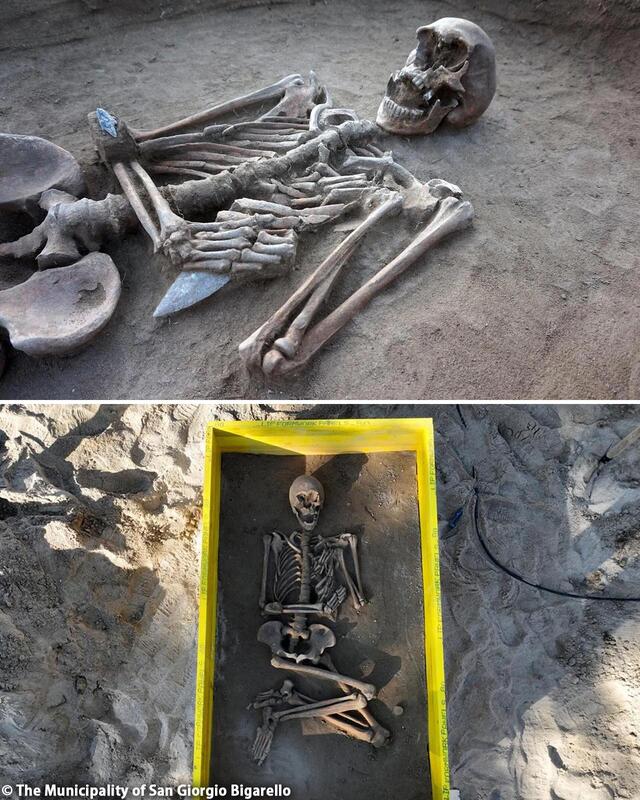In a groundbreaking archaeological discovery, a vast necropolis dating back 5,000 years has been unearthed in San Giorgio Bigarello, near Mantua, Northern Italy. This Copper Age site, containing 22 tombs with remarkable artifacts, offers a glimpse into the lives and traditions of ancient communities. Preserved in sandy soil, these graves provide invaluable insights into burial customs and craftsmanship from millennia ago.
The Discovery Process
The first indication of the necropolis emerged during a routine archaeological survey in November 2023. Initially, isolated burials were uncovered, just 16 inches beneath the surface. As excavations expanded into January and February 2024, archaeologists revealed a much larger burial ground. The exceptional preservation conditions allowed researchers to unearth graves that remained largely intact despite the passage of millennia. This find has since been regarded as one of the most significant Copper Age discoveries in the region.
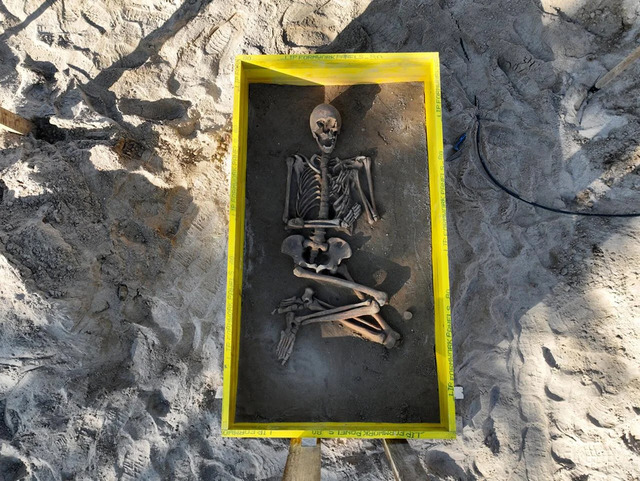
Key Findings
The excavations uncovered an array of extraordinary artifacts that showcase the ingenuity and artistry of Copper Age communities. Among the most striking finds were intricately crafted weapons, including finely made daggers and arrowheads. These items not only demonstrate advanced technical skills but also hint at their cultural significance, possibly as symbols of status or tools of warfare.
Jewelry items, such as necklace beads, were also recovered. These artifacts raise intriguing questions about their origins and materials, with some potentially dating back to the 4th millennium BCE. Their presence highlights the complexity of trade networks and resource utilization during this period.
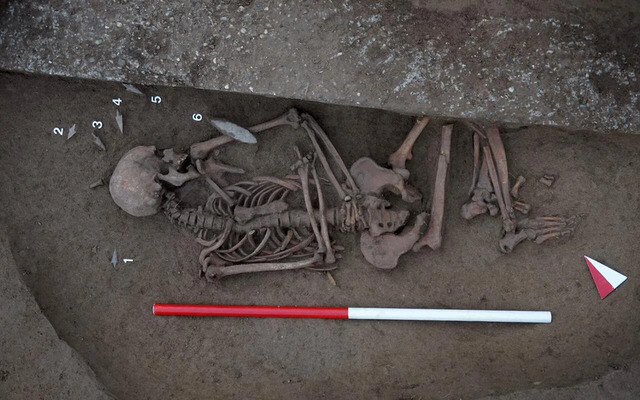
Burial Practices and Their Significance
The majority of the tombs followed a consistent burial pattern, with the deceased placed on their left sides, legs bent towards their chests, and heads facing northwest. This posture reflects similar customs observed in Neolithic cultures across northern Italy, indicating a shared tradition or cultural connection.
One of the most fascinating graves contained a skeleton holding a flint blade in its fingers and an arrowhead on the elbow. Another featured a crouched burial with a dagger placed on the upper arm. These arrangements suggest ritualistic elements or symbolic practices that were integral to the burial process.
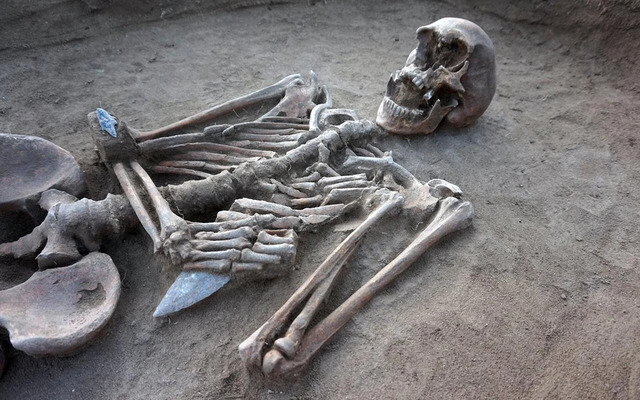
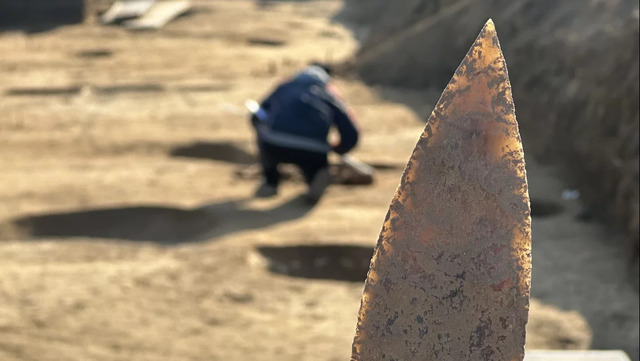
Archaeological Significance
The necropolis offers a wealth of research opportunities. By analyzing the remains, archaeologists can uncover details about the age, paleopathology, and diet of the individuals buried. Such studies also shed light on their origins, helping to piece together the demographics and movement of ancient communities in the Copper Age.
The layout and artifacts of the necropolis also challenge existing narratives about Copper Age societies, highlighting their adaptability, craftsmanship, and social organization. These findings contribute to a broader understanding of prehistoric Europe.
Community and Public Engagement
The discovery has generated excitement within the local community. Mayor Beniamino Morselli expressed enthusiasm about commemorating the site within the town’s public garden. This initiative aims to make the necropolis accessible to visitors, allowing them to connect with the ancient past of San Giorgio Bigarello.
Additionally, discussions are underway about establishing a dedicated museum to showcase the artifacts. Such a facility would not only preserve the findings but also enhance their educational and cultural value for future generations.
Future Research and Conservation
Efforts to conserve the artifacts are already underway, ensuring that these treasures are preserved for ongoing study. Researchers are planning further excavations to uncover more details about the necropolis and its significance. Advanced techniques will be employed to analyze the materials and artifacts, offering deeper insights into the lives of Copper Age communities.
Conclusion
The discovery of the Copper Age necropolis in San Giorgio Bigarello is a monumental achievement in archaeology. It provides a rare window into the burial practices, craftsmanship, and social dynamics of a 5,000-year-old community. With plans for preservation and public engagement, this site will continue to enrich our understanding of ancient history while fostering a connection between modern society and its distant past.
